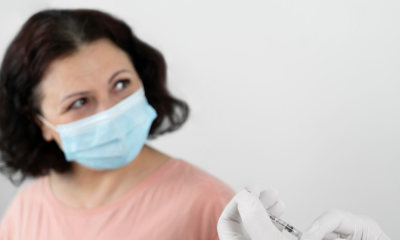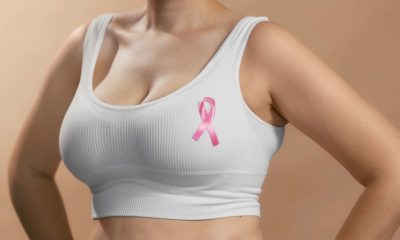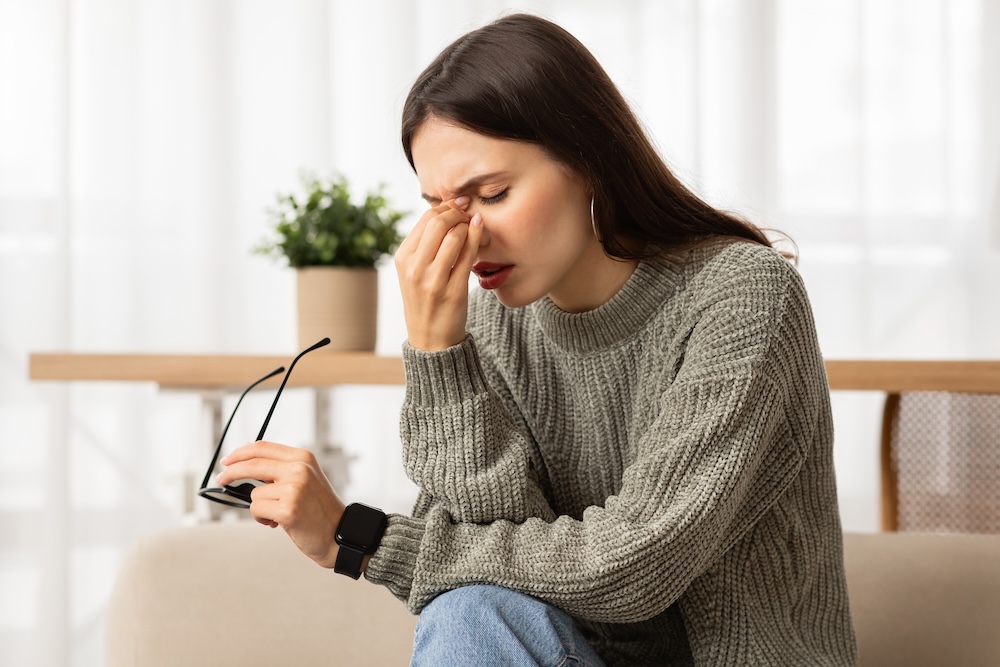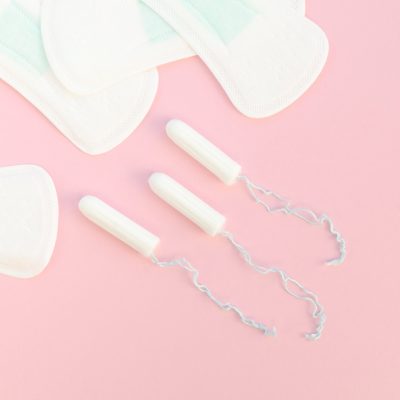Diagnosis
Half of countries lack endometriosis care policies
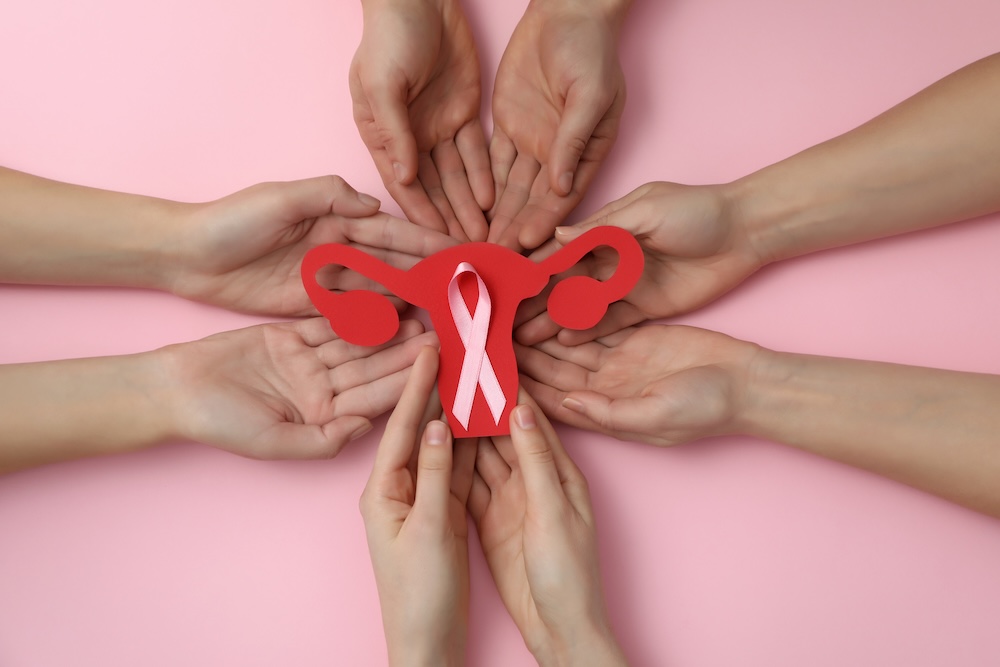
Nearly half of countries lack national policies or clinical guidance for endometriosis care, a new global review has revealed.
Endometriosis affects about one in ten women and girls worldwide. Across 194 WHO member states, researchers found striking disparities in care.
More than a quarter of countries have no publicly available clinical recommendations, and only 7 per cent have government-endorsed care guidelines.
In many places, the only guidance comes from informal sources such as advocacy sites or social media, leading to inconsistent care.
Europe had the widest guideline availability, while many low- and middle-income countries had little or none.
Devon Evans, assistant professor at the University of Manitoba, said: “Our findings show that many people living with this chronic condition are navigating care in regions where no official recommendations exist.”
A companion analysis reported that half of all countries had no policy information available.
Ninety-six countries recognised endometriosis as a national problem, 48 put it on the political agenda, and 12 adopted policies for a national strategy.
Notable examples include national action plans in Australia and France that are being implemented and evaluated.
Tatjana Gibbons if from the University of Oxford’s Nuffield Department of Women’s & Reproductive Health.
Gibbons: “Despite increasing awareness of endometriosis, addressing the challenges faced by those living with the condition requires coordinated national strategies developed in collaboration with policymakers, advocates and patients themselves, to reduce its global burden.”
The authors called for governments, medical societies and patient groups to collaborate on clear, region-specific care standards to cut diagnostic delays, improve quality of life and ensure equitable access to treatment.
An accompanying editorial urged a shift “from awareness to action”, with WHO noting the condition’s physical, mental and socioeconomic impact and the need to demonstrate that policies and guidelines translate into real-world improvements.
Diagnosis
Researchers develop nasal therapeutic HPV vaccine

Researchers have created a therapeutic HPV vaccine delivered through the nose that could offer a non-invasive treatment for cervical cancer.
Screening for HPV and preventive vaccines lower risk, but there are no approved therapies for existing HPV infections or HPV-linked cancers.
Current treatments include surgery, radiotherapy and chemotherapy.
Researchers from Chiba University, Japan, led by associate professor Rika Nakahashi-Ouchida and Ms Hiromi Mori of Chiba University Hospital, have developed an intranasal therapeutic option.
Unlike injectable vaccines, nasal vaccines trigger immunity at the mucosal surface — the protective lining of the upper airway.
This mucosal response can also protect distant sites, including the reproductive tract.
Building on earlier work showing nasal immunisation can elicit strong genital-tract responses against herpes simplex virus type 2, the team used cationic nano-sized hydrogel particles (cCHP nanogels) to deliver HPV antigens to nasal tissues.
These positively charged spheres adhere to the negatively charged nasal surface and slowly release antigens, which prompt an immune response.
Nakahashi-Ouchida said: “We have developed an intranasal therapeutic vaccine as a non-surgical alternative to conventional treatments that can compromise women’s quality of life.
“This novel nasal vaccine activates the mucosal homing pathways of lymphocytes, allowing it to trigger an immune response in the cervical mucosa, a site from the nasal administration.”
The formulation targets the E7 oncoprotein from HPV16, which inactivates pRb, a key tumour suppressor.
To strengthen responses, the researchers added cyclic-di-AMP, an adjuvant that boosts T-cell-mediated immunity so T cells can attack infected or cancerous cells.
The resulting cCHP-E7 + c-di-AMP showed what the researchers describe as strong anti-tumour activity in mice and macaques. In mouse models, it significantly slowed tumour growth versus controls.
In macaques, a nasal spray device (usable in humans) delivered four doses.
Vaccinated animals developed high levels of E7-specific helper and killer T cells producing molecules linked to tumour control; controls did not.
Immune activity was detected in cervical tissue, and E7-specific killer T cells persisted for at least four months, suggesting lasting defence.
According to the World Health Organization, cervical cancer caused an estimated 660,000 new cases and 350,000 deaths in 2022.
If proven safe and effective in humans, intranasal therapy could offer a non-invasive, fertility-preserving alternative to surgery for some patients.
The cCHP nanogel platform may also support nasal vaccines against other pathogens and wider clinical uses.
Nakahashi-Ouchida said: “Immunotherapies such as intranasal therapeutic vaccines may help establish a new category of non-invasive treatment.
“These approaches could be extended to recurrence prevention and chronic disease management, offering patients safer and more accessible options.”
Hormonal health
Study reveals why women more likely to get severe long Covid
Hormonal health
Self-guided hypnosis significantly reduces menopausal hot flushes, study finds
-

 News3 weeks ago
News3 weeks agoDozens of women report suffering painful burns after using Always sanitary towels
-

 News4 weeks ago
News4 weeks agoCutting through the noise in femtech – key takeaways from Women’s Health Week 2025
-

 News3 weeks ago
News3 weeks agoAI embryo selection tool wins European approval
-

 Mental health5 days ago
Mental health5 days agoOpinion: Not ‘just stress’ – How hormonal changes affect women’s brain function
-
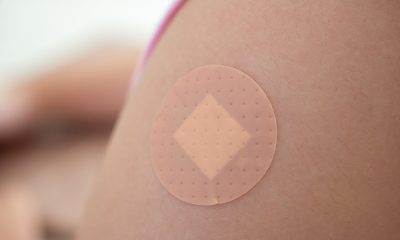
 Menopause3 weeks ago
Menopause3 weeks agoTestosterone patch shows promise for menopausal women
-

 Fertility4 weeks ago
Fertility4 weeks agoScientists develop breakthrough approach to detecting endometriosis in menstrual blood
-

 Features2 weeks ago
Features2 weeks agoFrom SEO to GEO: How women’s health brands can get found in the age of AI
-

 Menopause3 weeks ago
Menopause3 weeks agoFDA approves new menopause drug to treat hot flashes and night sweats




